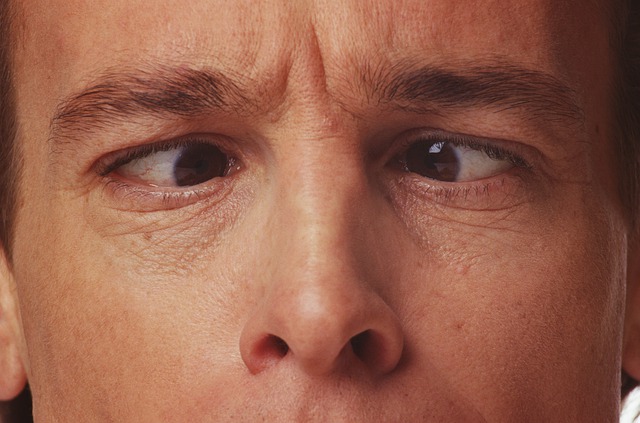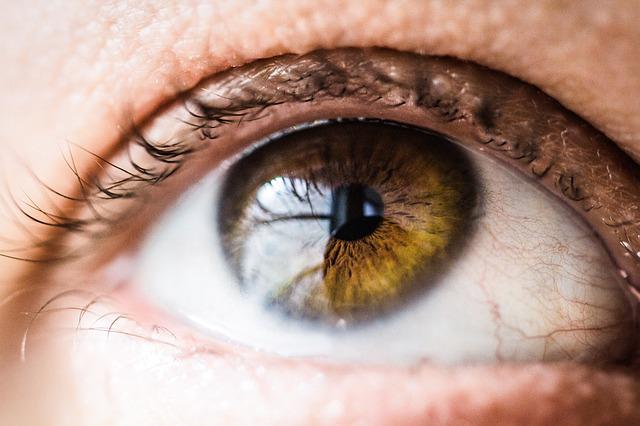You must have observed a lot of people with a squint or a tint in their eyes. This and many other eye disorders are just because of an imbalance in their eye muscles. You may also find an eye muscle imbalance in children. Similarly, there is also found a sudden lazy eye in adults. Moreover, affected people also try various eye drops for weak eye muscles along with undertaking eye muscle imbalance exercises as well.
What Is An Eye Muscle Imbalance?
An eye muscle imbalance is a highly complex disorder in which both the eyes of the victim are not properly aligned. One eye is always dead-on while the other eye may turn inward, outward, upward, or downward. This eye imbalance may be constant, or it could reappear. Moreover, the defected and the normal eye may change or alter each other.
What Is Strabismus? A Kind Of Eye Muscle Imbalance
Strabismus is one of the most common pediatric eye problems. Approximately 4% of children are born with the condition; however, strabismus can also affect adults. Strabismus is a condition in which the eyes are misaligned or point in different directions. The eyes do not work or turn together in a parallel fashion. If the eyes turn in, the person is “cross-eyed.” If the eyes are turned out, the person is “wall-eyed.” The eyes may also turn up or down, right or left, etc. both vertically and horizontally.
Strabismus In Children

As a matter of fact, children alone do not get affected by Lasik Strabismus. Adults too are always susceptible to it. However, there is a greater ratio among the children suffering from Strabismus. A LASIK eye surgery expert reveals that four percent of all American children have Strabismus. Besides, Strabismus is also genetic at times, but you will not find many people with Strabismus having any relatives facing the same issue.
Eye Muscle Imbalance And Strabismus
The human eye has six muscles to move it around. These muscles work in the form of three pairs in close collaboration. Both the eyes look at the same object simultaneously but send only one image to the brain. However, under Strabismus, the eyes send two conflicting images to the brain at the same time. It must be clear that Strabismus has different types, depending upon the various eye muscles involved in the disorder.
How Strabismus Moves Along And Causes Amblyopia
It is a common practice in many communities or families that adults usually guide an affected child to ignore or repress the image formed by the misaligned eye. Depending upon its respective usage, each eye keeps evolving accordingly. Hence, the normal eye becomes predominant due to excessive use while the misaligned eyes develops less vision due to the less use comparatively. This condition of vision reduction is Amblyopia and about half the children suffering from Strabismus also develop this disorder.
What Is A Lazy Eye? What Are Its Causes?
According to the medical sciences, the term amblyopia stands for a ‘lazy eye’. This is actually a condition in which the eyes of the victim do not work together. They become misaligned.

As for as its causes are concerned, they may vary from one another, requiring a particular treatment for each cause. The following are the three main types of lazy eye or amblyopia.
1- Strabismus Amblyopia
Here, the muscles that lay out the eye get imbalanced. It begins to appear that one eye starts faltering behind the other. It keeps on going for quite some time with the result that the faltering eye remains behind with a weakened vision.
2- Refractive Amblyopia
This is a condition when one of the eyes starts performing more and more work than the other one. With the passage of time, this vigilant eye dominates, falling the other eye out of alignment. However, out of good luck, under the name of laser vision correction, there are solutions to refractive vision issues.
3- Deprivation Amblyopia
This is also called ‘Obstructed Amblyopia’. Here, we find one eye’s vision obstructed due to cataracts or some other reason. As a result, after some time, the brain begins to support the other eye. One may suffer from this form of the lazy eye either very early in life or in later years due to age-related vision issues.
How Can You Correct Lazy Eyes?
Apart from the eye drops for weak eye muscles and eye muscle imbalance, there are certainly other methods to treat lazy eyes. However, most of the time, these methods tend to make the vision the same in both eyes. The main target here is to force the brain to use the lazy eye. It may involve recommending a more powerful glasses lens prescription that will improve the lazy eye’s vision. Sometimes, the treatment aims at blocking the ‘good’ eye with either an eyepatch or eye drops. The purpose here is to obstruct its vision, forcing the brain to use the lazy eye more and more.
Although you can use laser treatment to cure refractive amblyopia, this method cannot help to treat other types of lazy eyes. Also, it is not helpful to treat eye muscle imbalance in children. So, you will have to apply other ways of treating different types of amblyopia.
Eye exercises may also go a long way to treating or managing a sudden lazy eye in adults. Here, the patient focuses on small or fixed objects or words for long periods. This helps the brain work in close coordination with the eyes.
Certain diets like the proper vitamins may also boost brain activity and eyesight. However, the patient must follow their doctor’s guidance while selecting any of these methods of treatment.
